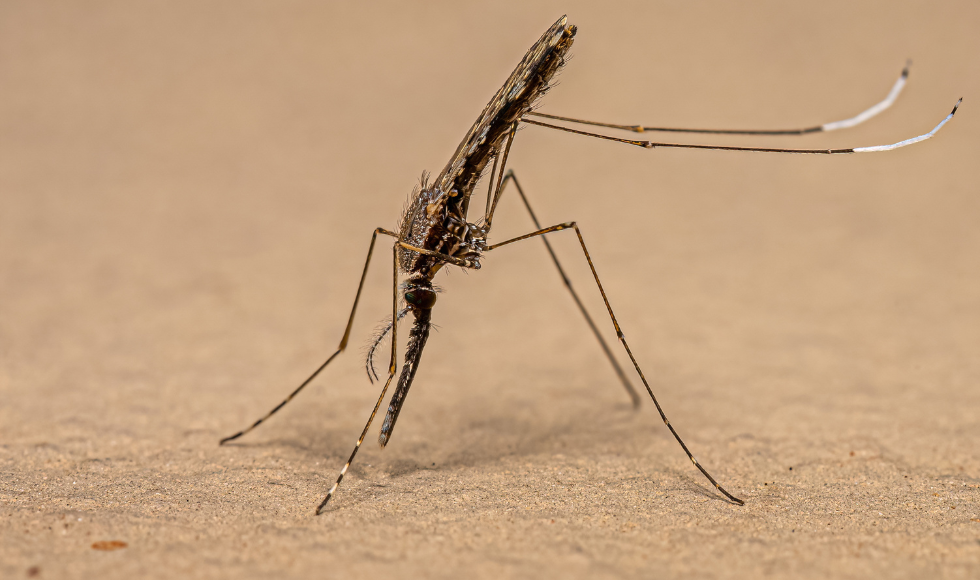A team of scientists is urging colleagues worldwide to participate in what they refer to as “pathogen prospecting,” which involves locating archival mosquito specimens in collections and museums and examining them for pathogens that could have transmitted malaria to humans while feeding on their blood.
 Researchers are calling on colleagues around the world to help examine archival specimens of mosquitoes to get a better understanding of the ongoing threat of malaria. Image Credit: McMaster University
Researchers are calling on colleagues around the world to help examine archival specimens of mosquitoes to get a better understanding of the ongoing threat of malaria. Image Credit: McMaster University
In a study published in the journal in the Proceedings of the National Academy of Sciences, researchers from McMaster University, Public Health Ontario, and Leiden University in the Netherlands make the case for a more thorough investigation of archival mosquitoes.
Scientists using contemporary instruments and techniques to investigate the spread of the often fatal and persistent disease among human populations can benefit greatly from the collection of individual malaria-transmitting mosquitoes kept in museums across the globe.
Historic entomology collections around the world have huge potential to answer multiple research questions. Our focus was on malaria, but there’s great potential to extend beyond that.”
Megan Brickley, Paleopathologist and Tier 1 Canada Research Chair, Bioarchaeology of Human Disease, McMaster University
A wealth of new information about species of Plasmodium, the single-celled parasites that cause malaria by riding into the flesh and using feeding mosquitoes as carriers, or vectors, is contained in mosquitoes kept in public and private collections. Some of these collections contain samples taken during colonial expeditions dating back to the 1700s.
According to the authors, DNA analysis and other testing methods can be used by modern science to gather information about the origins and spread of malaria. This may quicken the process of shielding susceptible human populations from malaria’s ongoing threat.
In 2022, there were 249 million cases of malaria worldwide, with 608,000 deaths reported to the World Health Organization. Children under the age of five made up 75% of the deceased.
Because the infection usually leaves little trace - especially in the remains of patients who have survived the fever-inducing illness and later died from other causes - the scientific study of historical malaria has proven difficult.
Malaria has been mostly linked in recent decades to areas with warm temperatures and large mosquito populations, such as those in Africa and South Asia. Today’s high malaria prevalence is largely a result of poverty, as many people in developing nations lack the means to keep themselves safe from mosquitoes.
Malaria was also endemic to colder climates as recently as the early 1900s, and it was particularly common in the Great Lakes region of the United States and Canada.
People tend to associate malaria with tropical and subtropical regions, but in the past, there was also malaria in the Netherlands, the U.K., and even in Finland above the Arctic Circle.”
Amanda Cooke Ph.D. Student and Study Co-Author, McMaster University
Cooke’s research focuses on historical malaria in Canada.
The endemic range of malaria was eventually pushed much farther south due to a number of factors, including the drainage of wetlands for agriculture and development, the widespread use of insecticides after World War II, and access to protective gear like bed nets.
However, given how climate change is affecting temperature and weather patterns, malaria may be spreading again today, making it even more critical to comprehend the disease’s past.
As the deadliest vector-borne disease, malaria continues to present a challenge to those battling the disease and underscores an urgent need for the development of novel insecticides or vaccines. Pathogen prospecting provides not only an opportunity to reconstruct malaria’s historical epidemiology, but it also informs pathogen/vector evolution and climate-based predictive modeling of malaria distribution.”
Mark Nelder, Co-Author and Medical and Veterinary Entomologist, Public Health Ontario
Source:
Journal reference:
Nelder, M. P., et al. (2024). Pathogen prospecting of museums: Reconstructing malaria epidemiology. Proceedings of the National Academy of Sciences of the United States of America. doi.org/10.1073/pnas.2310859121.